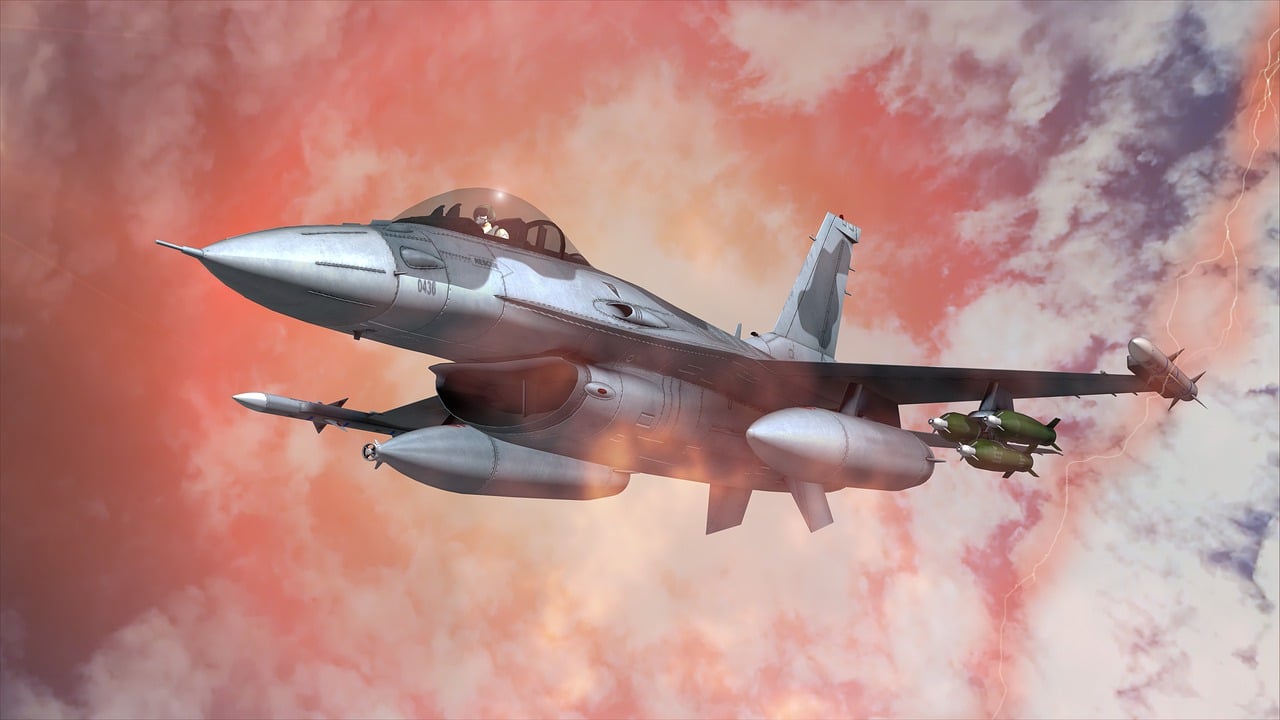1. Greek Civil War (1946-1949)
- Background: The Greek Civil War was fought between the Greek government army, supported by the United Kingdom and the United States, and the Democratic Army of Greece (the military branch of the Communist Party of Greece), supported by Yugoslavia, Albania, and Bulgaria.
- Outcome: The war ended with the defeat of the communists, leading to Greece becoming firmly aligned with the Western bloc during the Cold War.
2. Cold War (1947-1991)
- Background: Although not a direct military conflict, the Cold War dominated European and global politics for nearly half a century. It was characterized by the ideological, political, and military rivalry between the Western bloc (led by the United States and NATO) and the Eastern bloc (led by the Soviet Union and the Warsaw Pact).
- Key Events in Europe:
- Berlin Blockade and Airlift (1948-1949): The Soviet Union blockaded West Berlin, leading to a massive airlift by the Western Allies to supply the city.
- Hungarian Revolution (1956): A nationwide revolt against the Soviet-imposed policies, which was brutally suppressed by Soviet forces.
- Prague Spring (1968): A period of political liberalization in Czechoslovakia, crushed by a Warsaw Pact invasion.
- Berlin Wall (1961-1989): A physical symbol of the Cold War, separating East and West Berlin until its fall in 1989, which became a prelude to the end of the Cold War.
3. Yugoslav Wars (1991-2001)
- Background: The breakup of Yugoslavia led to a series of ethnically-based conflicts involving Serbia, Croatia, Bosnia and Herzegovina, and Kosovo.
- Key Conflicts:
- Slovenian Independence War (1991): A brief conflict following Slovenia's declaration of independence.
- Croatian War of Independence (1991-1995): Fought between Croatian forces and the Yugoslav People's Army (JNA) and Serb paramilitaries.
- Bosnian War (1992-1995): A complex conflict involving Bosniaks, Croats, and Serbs, marked by ethnic cleansing and the Srebrenica massacre.
- Kosovo War (1998-1999): A conflict between Yugoslav forces and ethnic Albanians in Kosovo, leading to NATO intervention.
4. Cyprus Conflict (1974)
- Background: The Cyprus conflict involved a military coup by Greek Cypriots aimed at uniting the island with Greece, followed by a Turkish invasion of Cyprus.
- Outcome: The island remains divided to this day, with the Republic of Cyprus in the south and the Turkish Republic of Northern Cyprus (recognized only by Turkey) in the north.
5. Northern Ireland Conflict (The Troubles, 1968-1998)
- Background: A conflict in Northern Ireland between nationalist/republican communities (mainly Catholic) who wanted to join the Republic of Ireland, and unionist/loyalist communities (mainly Protestant) who wanted to remain part of the United Kingdom.
- Outcome: The conflict resulted in thousands of deaths and injuries and ended with the Good Friday Agreement in 1998, which brought relative peace to the region.
6. Soviet Invasions in Eastern Europe
- Hungary (1956): The Hungarian Uprising was crushed by Soviet tanks, leading to significant repression.
- Czechoslovakia (1968): The Prague Spring, a period of liberalization, was ended by a Warsaw Pact invasion led by the Soviet Union.
7. Warsaw Pact vs. NATO Standoffs
- Background: During the Cold War, several incidents brought NATO and Warsaw Pact forces to the brink of conflict, including the stationing of nuclear missiles in Europe and various military exercises that were perceived as threatening by the opposing side.
8. Post-Cold War Conflicts
- Chechen Wars (1994-1996, 1999-2009): Two wars between Russia and Chechen separatists, marked by brutal fighting and significant casualties.
- Russo-Georgian War (2008): A conflict between Georgia and Russia over the regions of South Ossetia and Abkhazia, which led to the de facto independence of these regions, though they remain internationally recognized as part of Georgia.
9. Ukraine Conflict (2014-Present)
- Background: The conflict began after Russia's annexation of Crimea in 2014 and the outbreak of war in Eastern Ukraine between Ukrainian forces and Russian-backed separatists.
- Ongoing: The conflict remains unresolved, with ongoing skirmishes in the Donbas region and significant international tensions, particularly following Russia's full-scale invasion of Ukraine in 2022.


